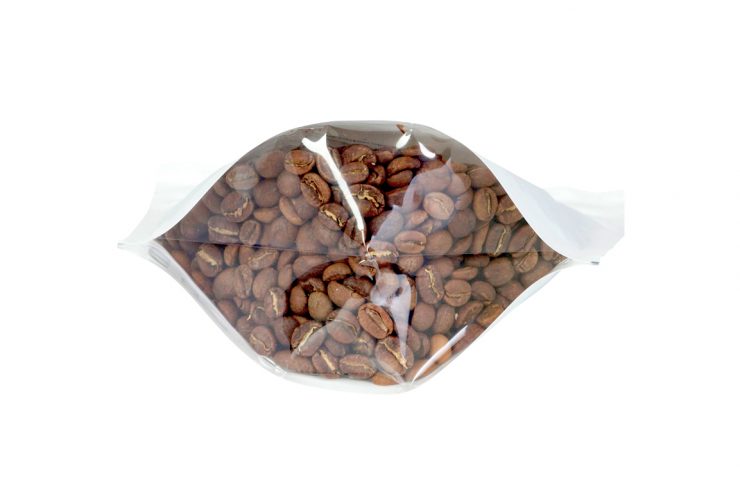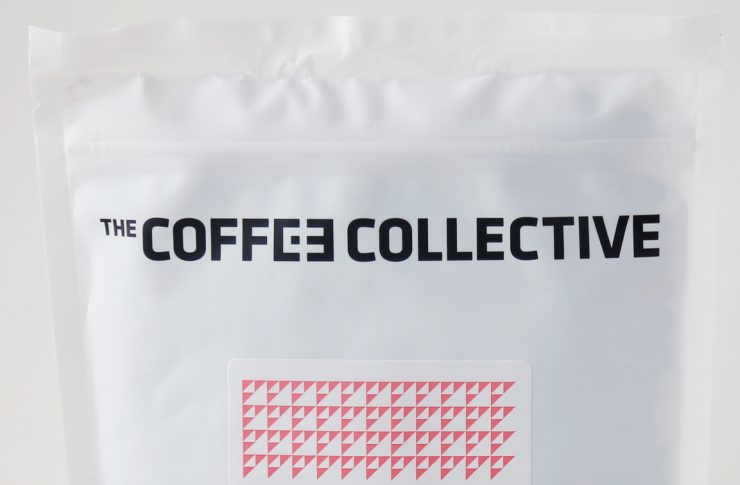When Copenhagen’s Coffee Collective introduced a clear-bottom bag in 2011, it made waves in the coffee industry. By including a see-thru window on a stand-up bag, consumers could look at the roasted coffee without light damaging effects. We talked to owner Klaus Thomsen to tell us more about the Collective’s nice package.
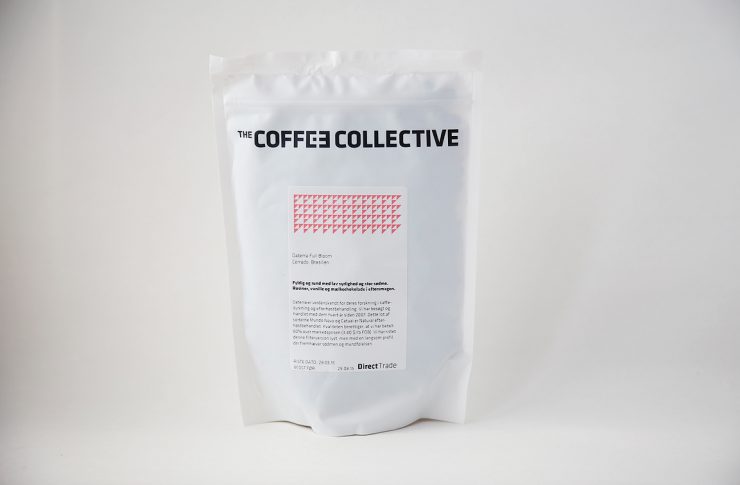
“We’ve always thought it’s a pity that you can’t see the product it self–the coffee–when you buy a bag. But since light destroy the flavour of the coffee, completely clear bags should be avoided. So we’ve had this idea for a long time to just make the bottom transparent, so you can see the coffee but without light getting into it,” Thomsen tells us.
An environmental impact.
Thomsen explained that the foil-free bag was intentional. “In Denmark,” Thomsen explains, “most of the trash is burned and any metal becomes a waste product that can’t be re-used. So we wanted to get rid of the foil in the bags completely.
“Metal in coffee bags are used as a barrier for air, primarily developed for ground coffee with an expiration two years after the roast date. With fresh roasted coffee and shorter shelf life there’s an overpressure in the bag for the first many weeks, so the extra barrier from the metal doesn’t even matter.”
Farm information on the package.
“Farm or cooperative name is the most important thing for us,” says Thomsen. “We (as an industry) need to get the farmers out of anonymity and make sure our customers know that country or region isn’t as important as the actual farm or coop. We also believe tasting notes are of big value to consumers. People should be able to pick their coffee from what they’d like to taste—not a preconception of a country, variety or process. We also share facts and a short story about each farm, the name of the primary owner or miller or such. On our website we have more information, but it’s important that it’s on the actual product.”
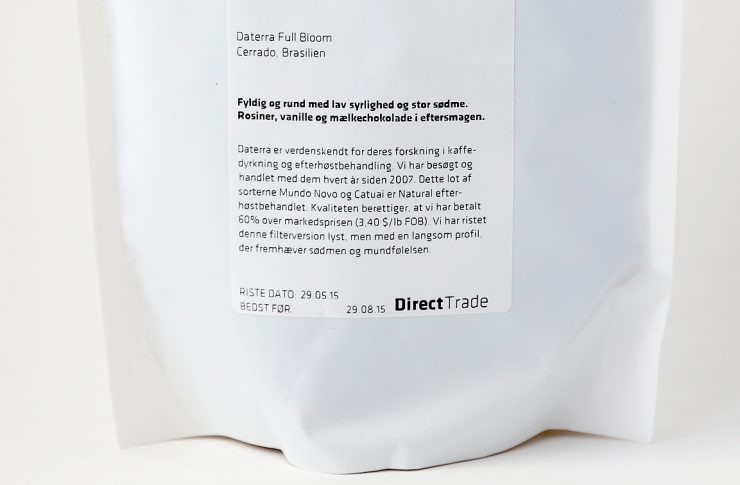
Freight on board.
“A very interesting thing we added is the price paid to the farmer on the bag,” says Thomsen. The “freight on board” price—the amount paid after milling but before export—is labeled on each coffee. “The big commercial coffee companies need to be held responsible by consumers for paying crappy prices to producers,” Thomsen opines. “We hope by doing this it’ll at the very least raise some eyebrows and get consumers to think about how much of the price they pay gets to the farmers.”
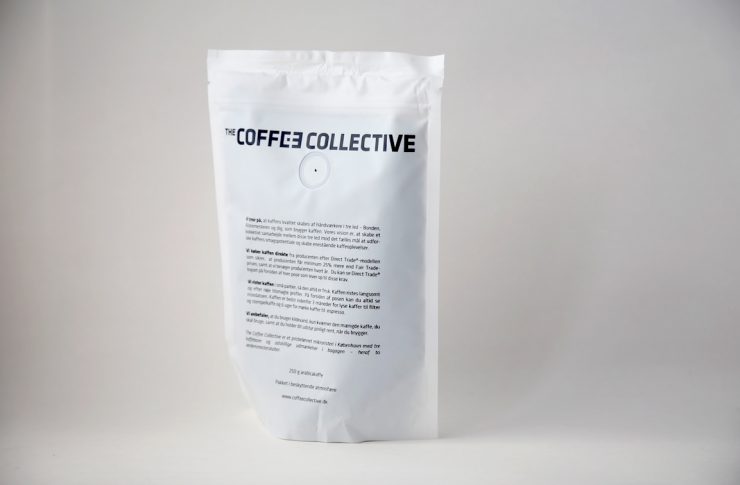
Company: Coffee Collective
Location: Copenhagen
Country: Denmark
Design Date: September, 2011
Designer: Coffee Collective, Linus Törsäter
Location: Copenhagen
Country: Denmark
Design Date: September, 2011
Designer: Coffee Collective, Linus Törsäter
Nice Package is a feature series by Zachary Carlsen on Sprudge. Look at more nice packages here.
The post Nice Package: Coffee Collective of Copenhagen, Denmark appeared first on Sprudge.


